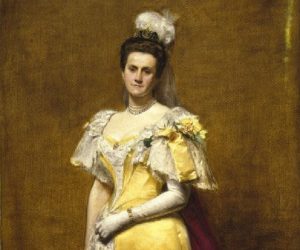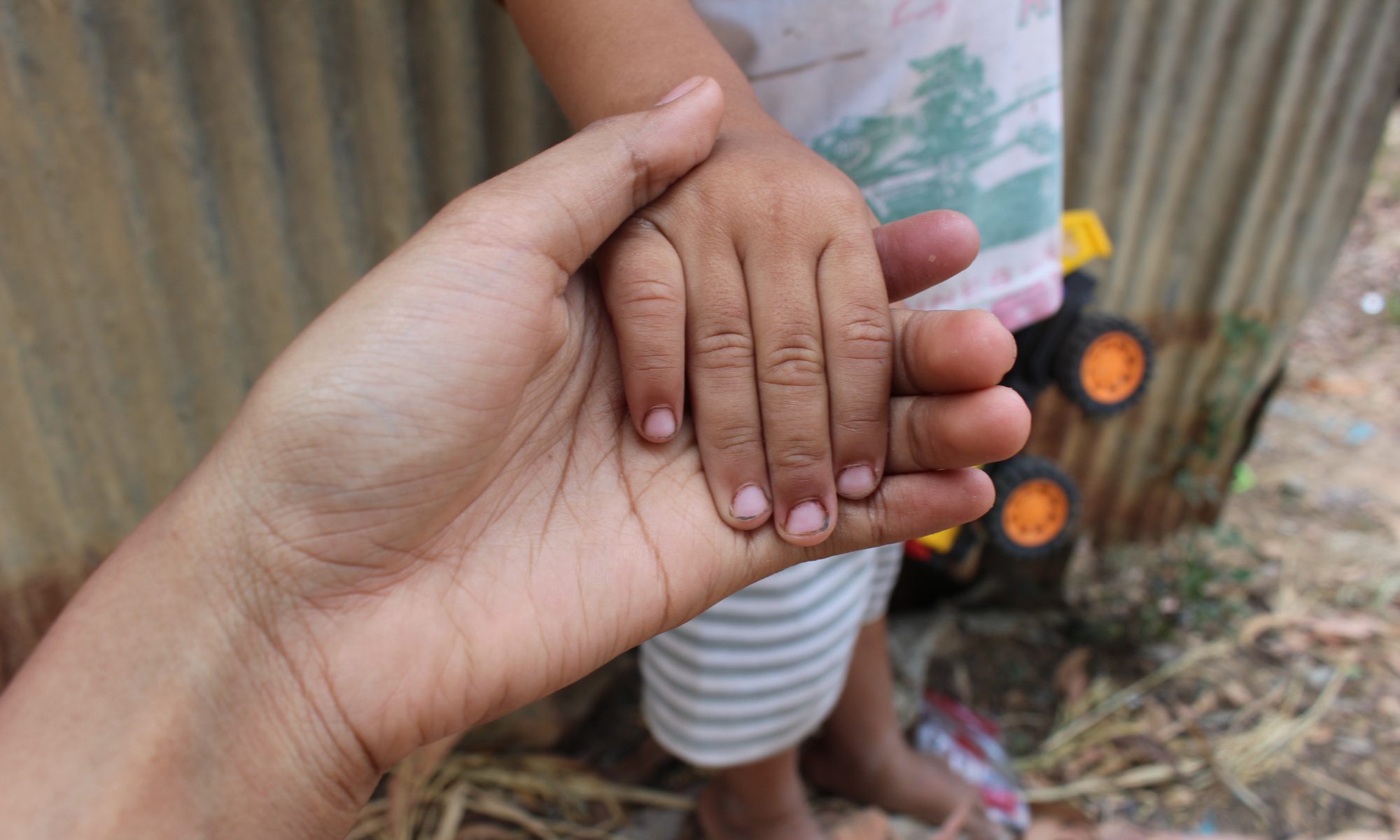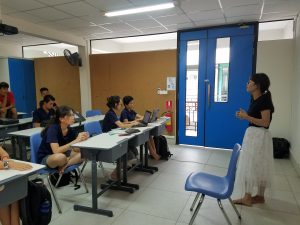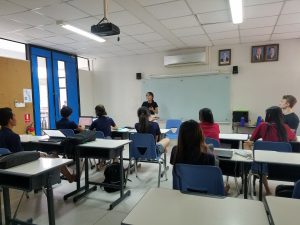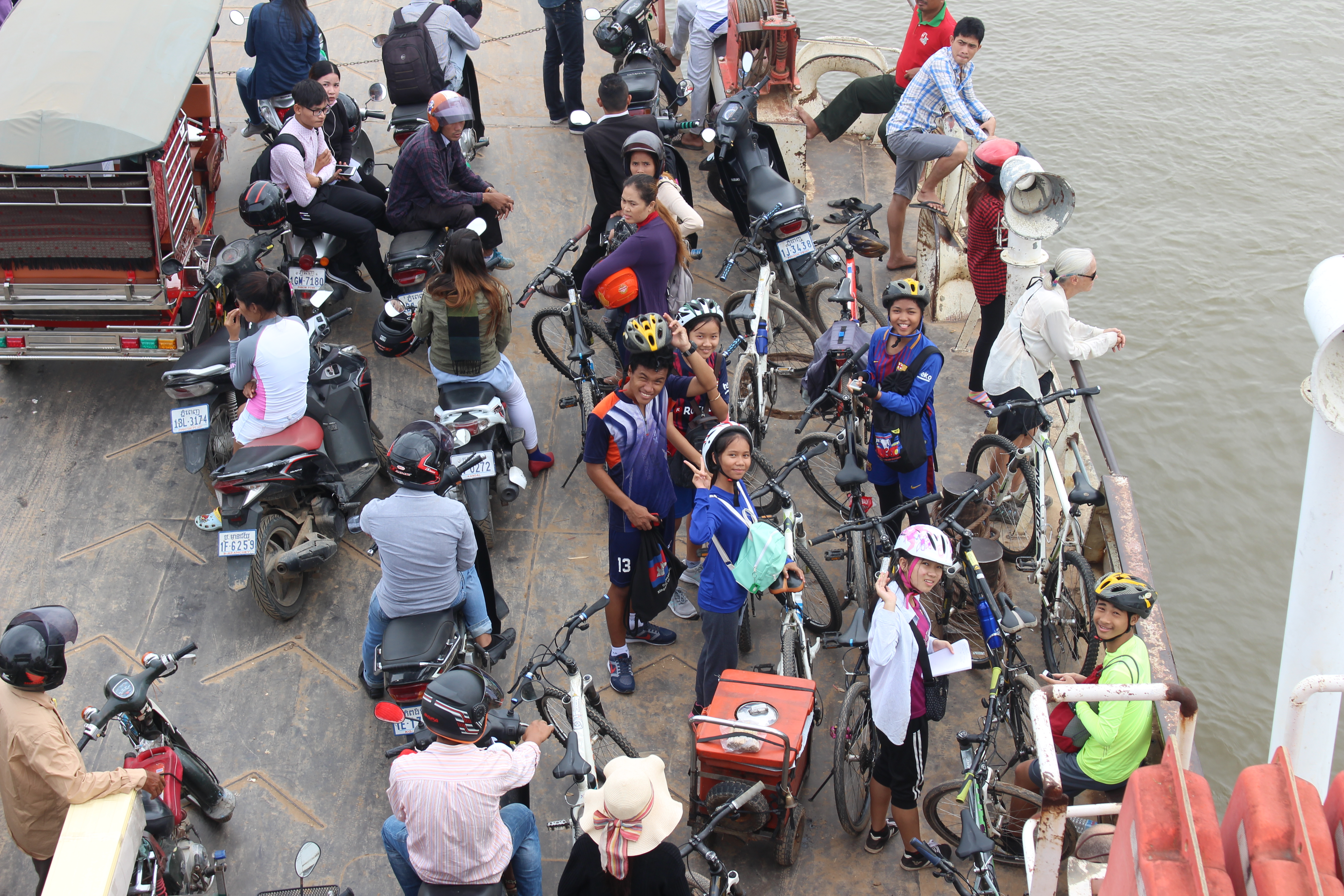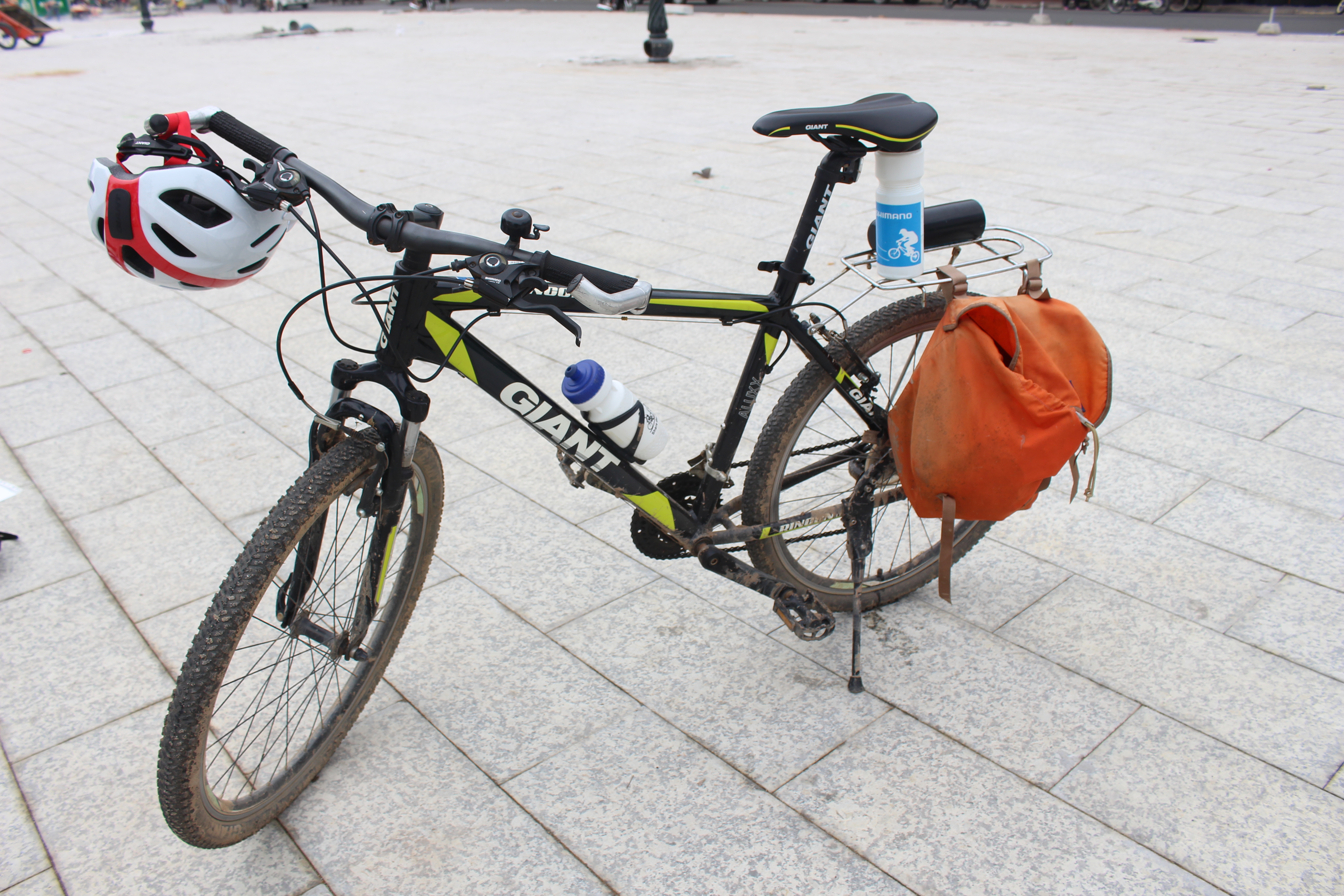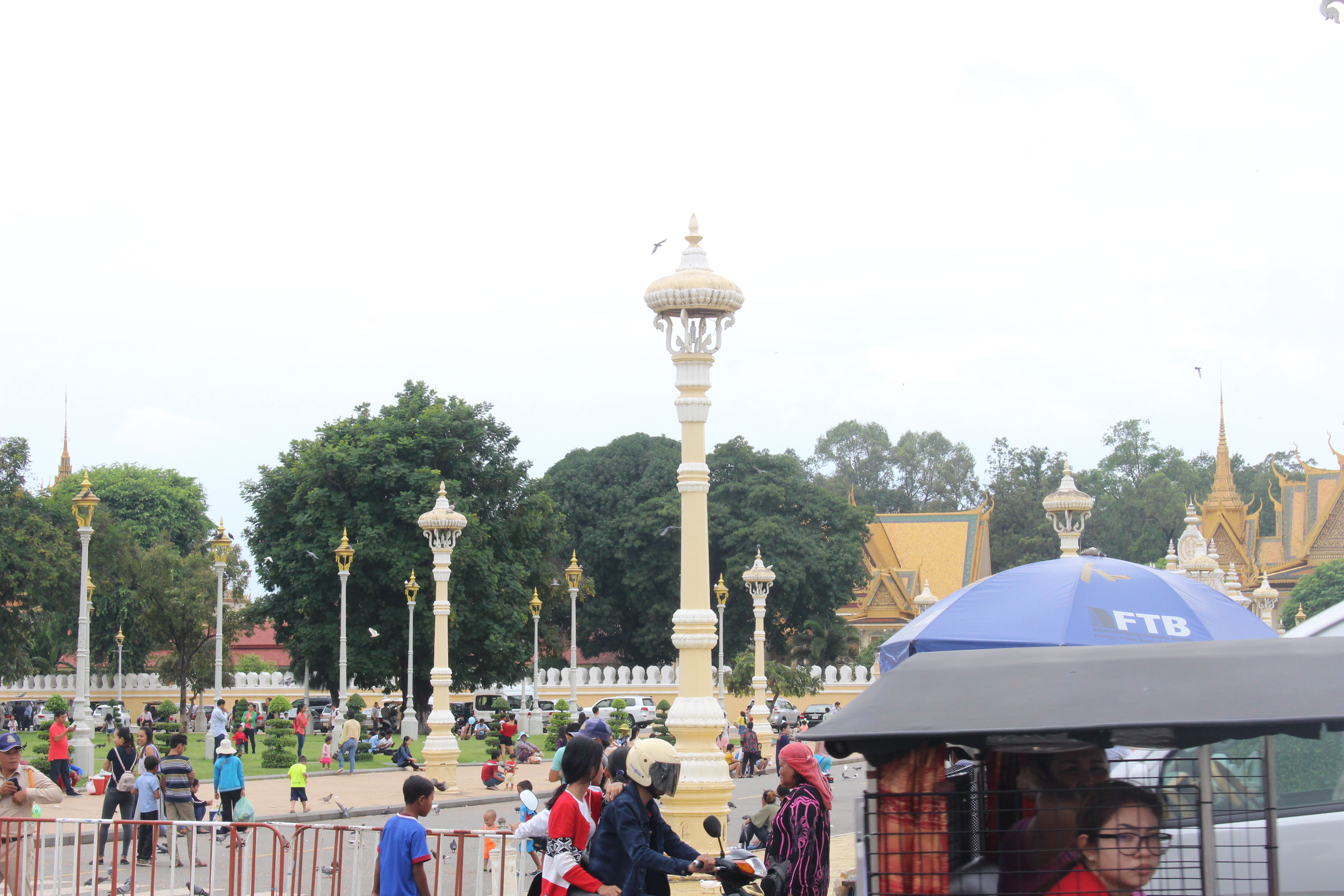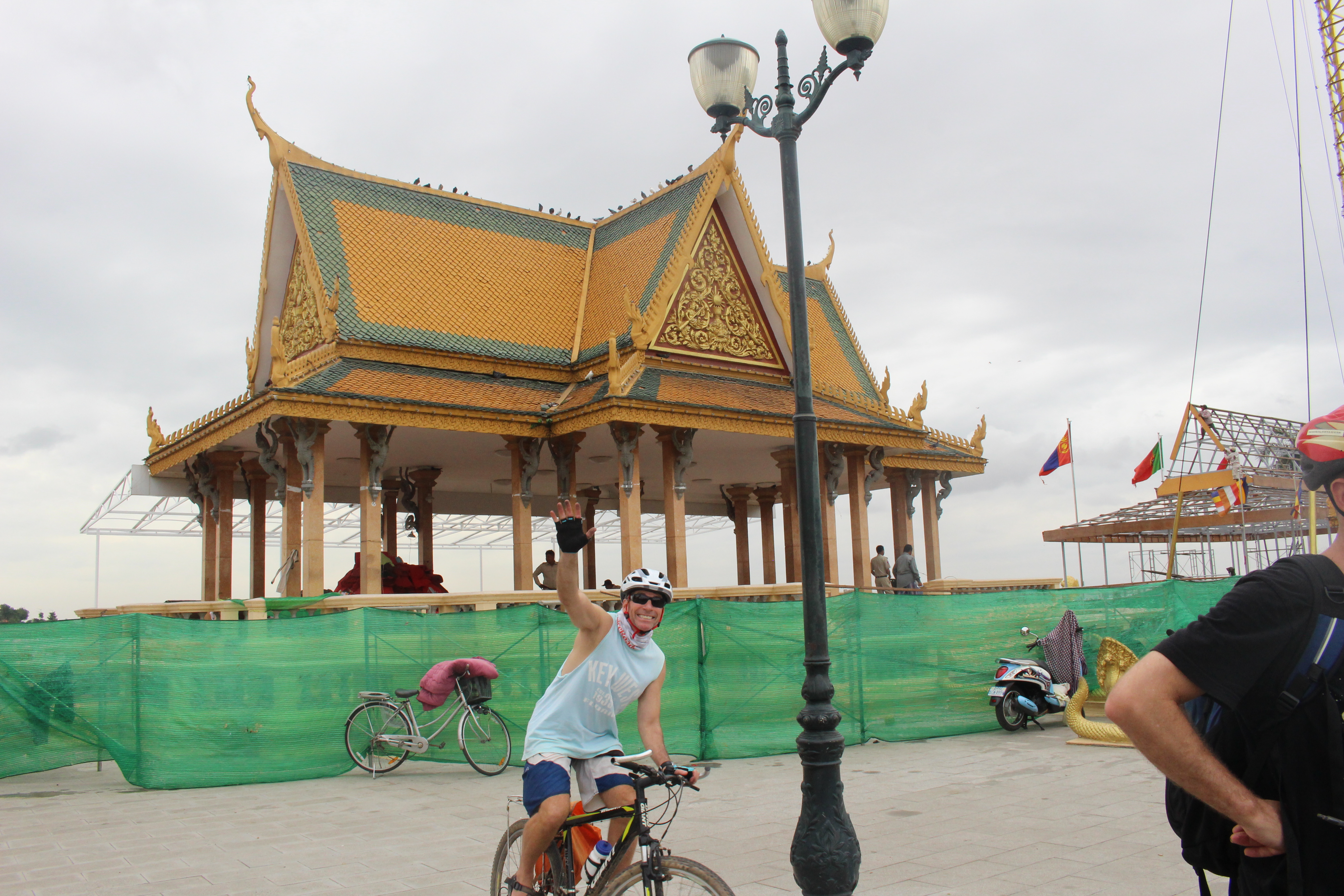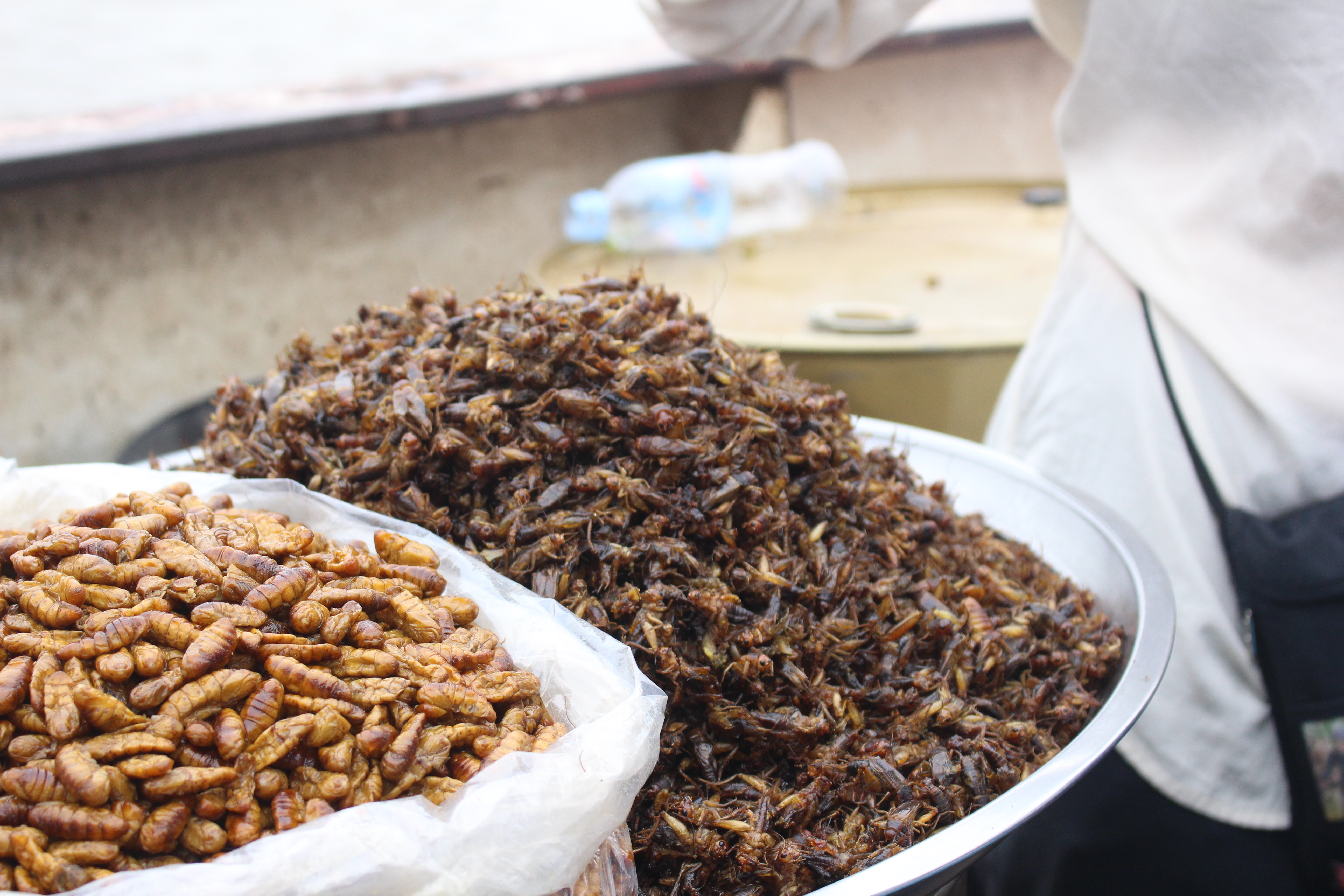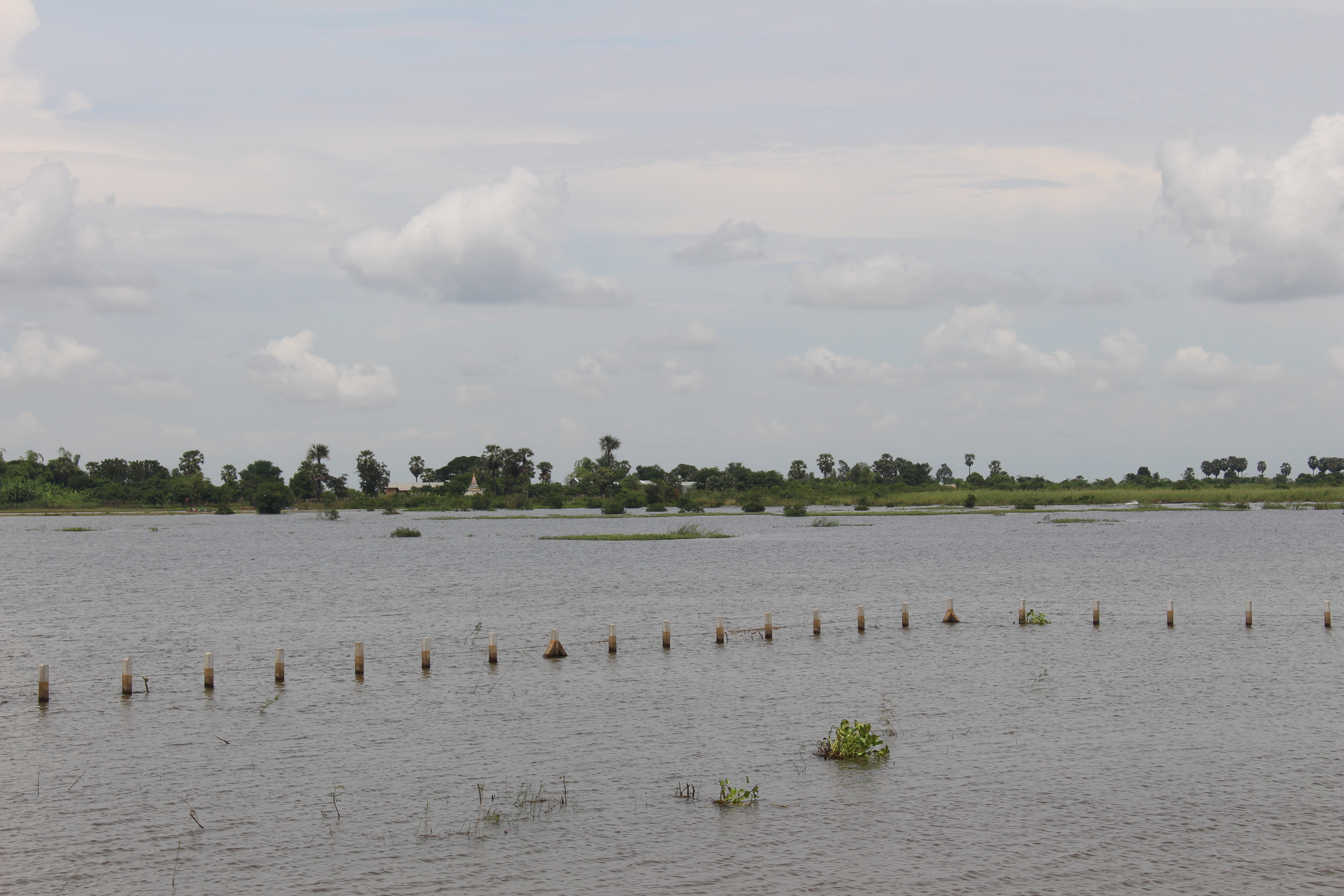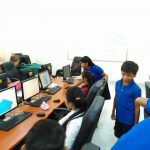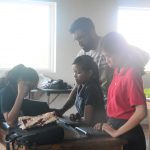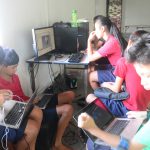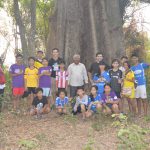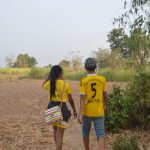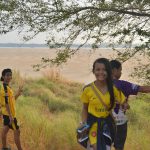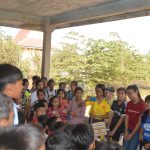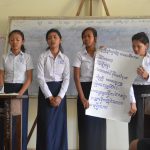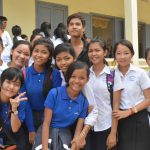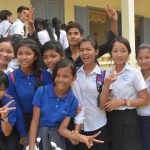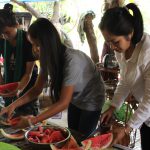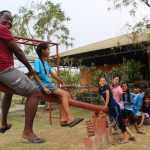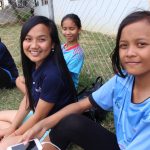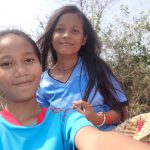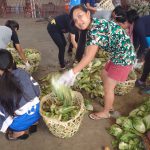Past – Childhood
Emily Warren Roebling, a female engineer largely responsible for guiding construction of the Brooklyn Bridge, was born on September 23, 1943, Cold Spring, New York, U.S. and died on February 28, 1903, Trenton, New Jersey, of stomach cancer. She was born into Sylvanus and Phebe Warren as the second youngest of the partner’s twelve children. Roebling was born into a very well known family, where her dad, Sylvanus Warren, was a town supervisor and a state assemblyman. She also has an older brother, Gouverneur K. Warren, he graduated from the United States Military Academy at West Point, New York, who later then became a corps commander in the Union army during the American Civil War. During her teenage years, Emily traveled to Washington and attended the prestigious Georgetown Academy of Visitation, that was when she studied astronomy, French, History, and Algebra with many more subjects. In the book called “Chief Engineer: Washington Roebling, The Man Who Built the Brooklyn Bridge”, Erica Wagner writes “Her intelligence, liveliness, and charm were always apparent to those around her.”
During her first meeting her brother at the army, Emily was already acquainted with a civil engineer, Washington A. Roebling. He was the son of John A. Roebling; German-American engineer that was famous for building the suspension bridges. The Roeblings married in 1865, and later on, travel to Europe while Emily was pregnant. After the married, Washington describes Emily as a woman of infinite tact and wisest counsel. During the Europe tour, Emily accompanies her beloved husband in the study of caissons, “the watertight structures filled with compressed air that would later enable workers to dig beneath the East River.” While she and her husband were at the European countries, her father in law was preparing for a bridge construction across the East River, “The Brooklyn Bridge or The Great East River Bridge.”
After their return from the European studies, Mr. Roebling died of tetanus. In addition, Washington A. Roebling took over the bridge construction as a chief engineer. The Great East River Bridge was the most photographed structure in the world. Its construction was more treacherous than any others casual pedestrians know. Unfortunately, Mr. Roebling suffered from caisson disease that later leads him to partially paralyzed, mute, blind etc.. This was the disease of a decompression sickness that caused by changing air pressure.
Later, Emily Warren Roebling took law course in New York University and also is the woman who stands up for equality in marriage. She also called “the eyes and ears of Washington.” Emily first start off as a secretary, making abundant notes and went back and forth to the construction sites. Emily also gets around with negotiating the supplies for the bridge construction, supervise the contracts, and be an intermediary for the board of trustees. At some point of her career, Emily became the surrogate chief engineer, where she used her superb diplomatic skills to be in charge of the rival parties such as the mayor of Brooklyn; to tried to eliminate Washington from the project.
About the bridge
The Great East River (The Brooklyn Bridge) was built by hand. There were a lot of undocumented of injuries, lost fingers, falls, and without any safety net. The bridge finally opened on May 24, 1883, to great fanfare.
Present
Again, Emily Warren Roebling is known for her contribution to the completion of the Brooklyn Bridge. In spite of the fact that Emily did not hold an engineering degree, but a law degree from the New York University, she is well known for performing as an engineer manager that ensuring the design project started from her father-in-law and her husband and reached completion. Emily was also reflected as the arbitrator when there were arguments between engineers, manufacturers, contractors, workmen, and board of trustees.
In addition to all of her works for the bridge construction, Emily made many breakthroughs for women engineers, as she was considered as the first woman field engineer. Although her works and accomplishments went unrecognized by those professional organizations, she was listed as one of the builders of the bridge on the dedication plaque. Not just a woman of idolizing, Emily was a adore wife of Washington. She stayed loyal and vigilant about watching out for her husband’s privacy and health.
Not only just an influential woman in history, but Rolling also earned a law degree and later on became one of the first female lawyers in New York State. “ She published “The Journal of the Reverend Silas Constant” (1903) and was active in the women’s group Daughters of the American Revolution.” Today, there is a plaque on the bridge honoring all three Roebling. It reads: “Back of every great work we can find the self-sacrificing devotion of a woman.” Despite to all of her success, three principles values that helped Emily to reach her goals were: first, always have responsibility. After the death of her father-in-law and her husband disease, Emily manages to keep track of the construction works and bringing the process of building the bridge to a great completion. Second, there is no limit to what we as women can do. Emily has proven that women can study in any field and stand up for herself and everybody else like how she stood up for her father-in-law and her husband project. Finally, the last principle value is dealing with what the society is needing and how to demonstrate how women are capable of studying/ working in political and science fields. She was also depicted as an intelligent, hardworking woman, and gather all the opportunities that push her to move forward.
Future
Back to what the old society was, education was the main issue in every part of the world. The opportunity of sending to school was higher for men than women. Women were expected to be elegant and gentle. They insisted to stay home and with lack of opportunity toward the society. Science, Politic, and Engineering was not a well know topic that women would have the opportunity to study and working. Emily Warren Roebling has conquered every milestone and proven that she is capable as men so do other women too. She was capable of achieving her dream and fighting for opportunities. Emily works and ethics give counteragent and motivation for other women in every part of the world to stand up for herself, going to school, going to college and get a degree on the subject they are passionate at. All of her performances and actions inspired our new generation to fight for their passion and dream.

